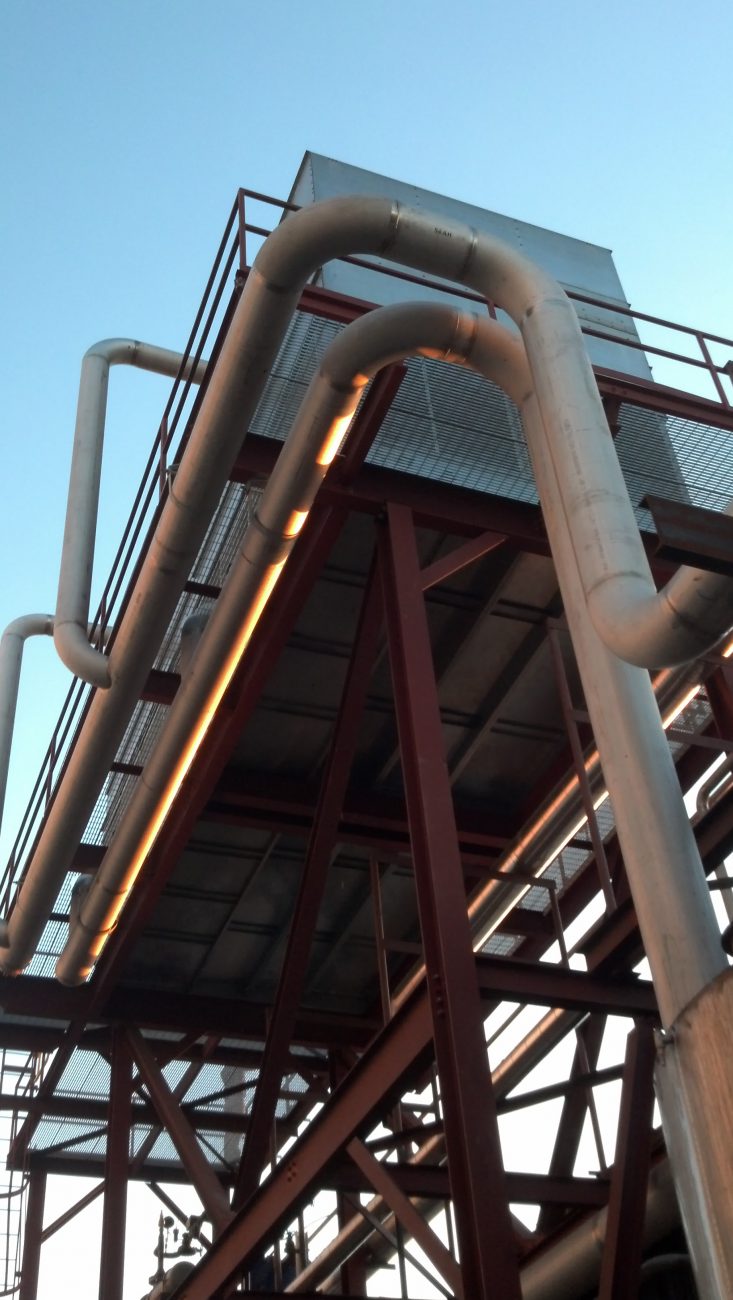Whether you’re designing a new food processing plant or upgrading an existing facility, determining necessary upfront water treatment is a critical step in protecting and maintaining your plant’s systems. Many plants forgo thorough analysis resulting in poorly or untreated water that can lead to scale and bacterial buildup on equipment. Stellar often partners with water treatment professionals such as Southern Waters Company, Inc. to effectively manage clients’ clean water requirements.
These steps are required to develop the most-effective water treatment program:
- Determine water flow rates and quality requirements — Design engineers will establish these factors based on process and equipment requirements.
- Analyze water samples — Chemists will conduct analyses to identify the quality of water at the facility that may impact food safety and equipment performance.
- Establish water treatment system requirements — The water analysis will determine the type of water treatment to control pH level, alkalinity, bacteria and removal of unwanted minerals.
- Mineral removal — It’s important to remove any minerals so water doesn’t scale on heat exchange surfaces resulting in poor operational efficiency. Reverse osmosis may be necessary to reduce total suspended solids (TSS) or total dissolved solids (TDS). Filtration will remove unwanted minerals from process waters, but it does not eliminate the need for a chemistry program.
- Add necessary chemicals — Scale and corrosion can significantly impair equipment. Chemicals can be added to the plant’s water to prevent scaling, corrosion and biological fouling. Biocides can also be added to kill slime, algae, and any other organisms that can grow inside piping and cause corrosion.
- Determine boiler treatment — An oxygen scavenger must always be used to remove oxygen from the boiler water. Oxygen will cause pitting corrosion on heat exchange surfaces. Often times, a small amount of polymer is added as well, regardless of the filtration process, to help transport any remaining dissolved solids to the boiler drain during blow down.
- Address cooling system requirements — Removing minerals such as calcium will alter the LSI (Langelier Saturation Index) value, the tendency to precipitate or dissolve calcium, of the water in a cooling system. Removing calcium from water will lower the LSI and create a more corrosive environment in the system. Even with filtration, most systems must still utilize a corrosion inhibitor. All open cooling systems must have a biocide program to treat the water for aerobic and anaerobic bacteria, preventing biohazards such as legionella and listeria while also prohibiting the formation of efficiency-reducing biological slimes on heat exchange surfaces.
- Establish remote monitoring — Water experts can log on remotely to monitor water quality 24/7 and make any necessary adjustments to maintain desired requirements.
Investing in upfront water treatment provides a number of benefits, including:
- Reduced water usage — Cleaner water can be cycled through the system many more times resulting in up to 60 percent savings.
- Increased efficiency — Maintaining a clean system by managing scale increases the operating efficiency of equipment, which results in energy savings.
- Prolonged equipment life — Adding chemicals to prevent corrosion eliminates the potential for degradation of a plant’s systems and equipment.
If you have questions about your options for water treatment, email us at foodforthought@stellar.net or taylor@southernwaters.us.



